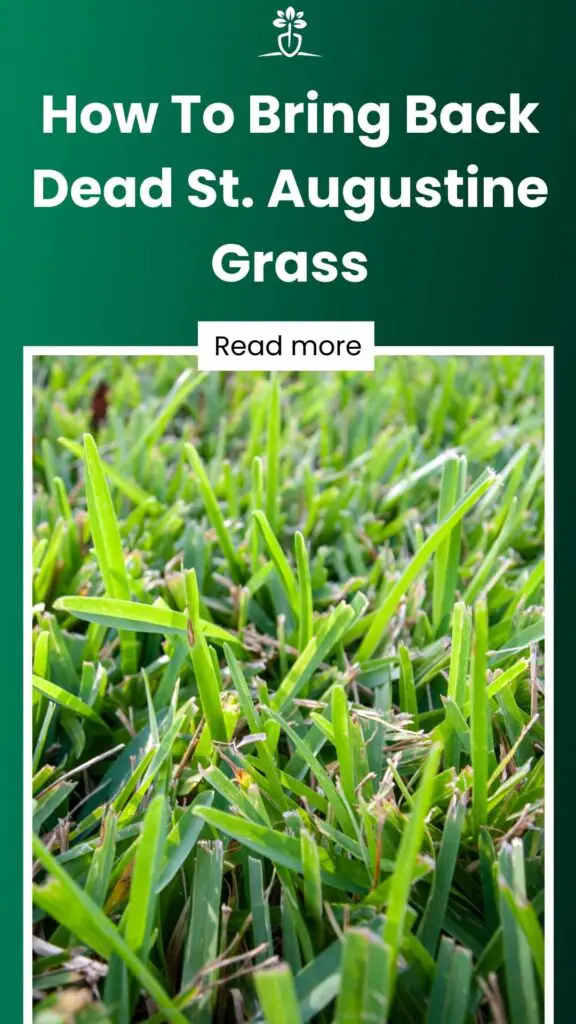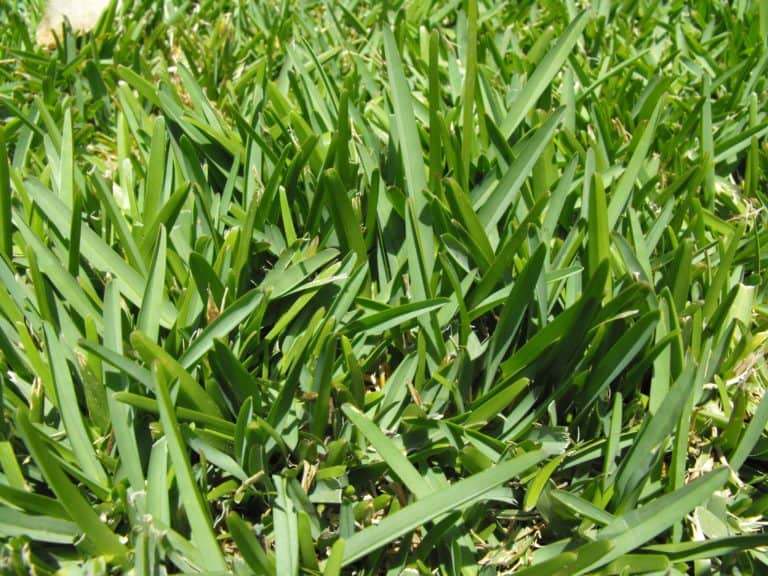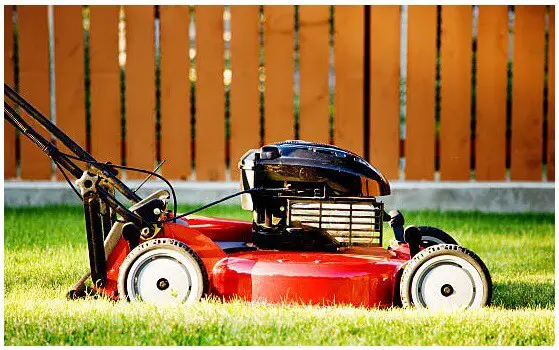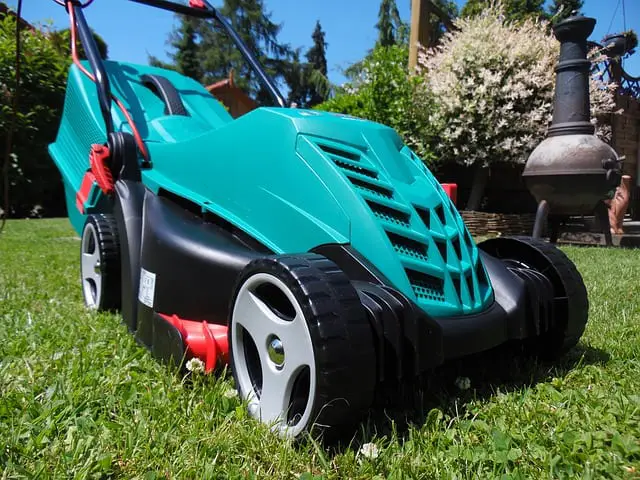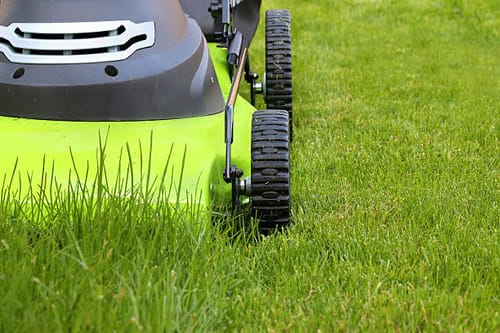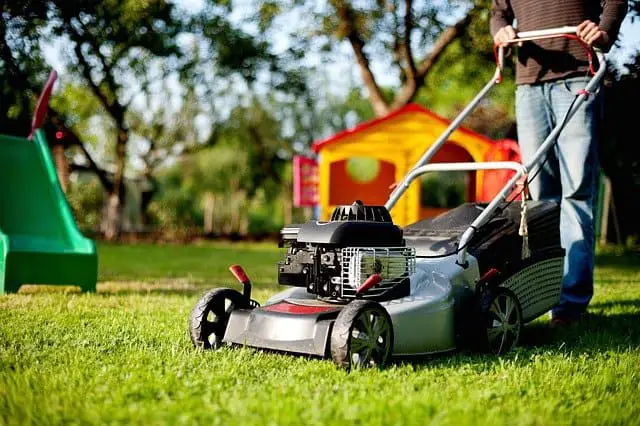How To Bring Back Dead St. Augustine Grass
Wilting St. Augustine grass can stem from things like not enough water or pesky bugs. Wondering how to bring it back to life? **This guide dives into techniques to revive your struggling St. Augustine grass** and offers tips to keep it lush and vibrant. Avoid seeing your lawn suffer; discover how to make it thick and healthy again!
To revive St. Augustine grass, provide it with 1 to 1½ inches of water weekly and mow it to the height of approximately 3 inches. For green grass, use pesticides and adequate fertilizer for improved soil quality. If the grass is dead to the roots, re-sod your lawn.
Contents
Is It Possible To Revive St. Augustine Grass?
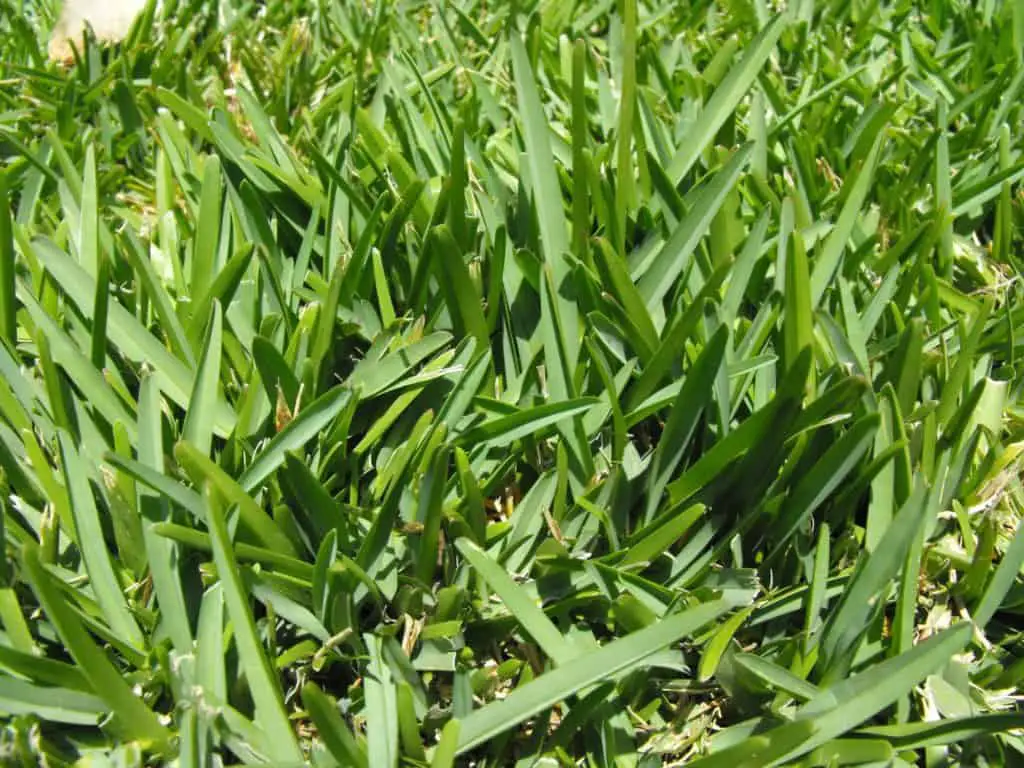
St. Augustine grass’s successful revival depends on why it appears dead. Therefore, this answer is not as straightforward as you may think.
If your lawn appears to be dead for more than five weeks, it may not be possible to bring back St. Augustine grass. Any lawn that has browning over a long period is susceptible to permanent root damage. The reason for dead roots could be inadequate watering or grubworm damage.
On the other hand, if the grass is brown due to dormancy or drought stress, you can apply various care and maintenance mechanisms to bring it back to life again in a matter of weeks.
An easy way to check if the turfgrass is dead to the roots is to pull it out. If you feel resistance, then you can still work on getting back your lush green garden.
However, if the grass comes out easily, it means that it is dead to the roots and you should re-establish your lawn.
Most Likely Reasons Why St. Augustine Grass Dies
Your St. Augustine lawn turning brown does not always mean that the grass is dead. Many times, poor lawn maintenance can result in extended brown patches.
We always recommend prevention over cure. The best way to prevent your grass from dying in the first place is to understand what causes the grass to lose its luster and in severe cases, to completely die.
Here, we discuss the most likely reason why your St. Augustine lawn is browning or appears dead.
Drought Stress
As temperatures spike in summer, it is not uncommon for St. Augustine grass to brown and wilt. In summer, when there isn’t a lot of rain, soil tends to lose its moisture which results in drought stress.
If you go any longer than six weeks without providing adequate water to your lawn, the grass will start to brown and appear dead. However, if you start the proper watering schedule early, you can revive your lawn.
A good practice for St. Augustine lawn revival is to water the grass 2 or 3 times a week. You can use an efficient sprinkler system to provide even water distribution.
According to Clemson University’s St. Augustine Grass Yearly Maintenance Program, stress caused due to lack of rainfall can be reduced if the recommended mowing height for St. Augustine grass (2½ to 4 inches) is raised by ½ to 1 inch.
Dormancy
St. Augustine has especially poor tolerance to cold out of all turfgrasses. When fall freezes or as soon as soil temperature drops below 55 degrees Fahrenheit, the grass will stop growing and go into a dormant state. You will see the grass go tan until it starts to green up again when spring arrives.
Dry winters cause loss of moisture, which can be amended by watering St. Augustine all through winter so that your lawn isn’t dead by the springtime.

Watering will prevent crown death and eliminate the risk of turf loss during dormancy.
Poor Soil Quality
Poor soil quality is another reason why your St. Augustine lawn could appear to be dying. Poorly aerated, heavy clay soil does not provide the required nutrients for the grass to develop a strong root system, which results in the grass dying slowly.
St. Augustine grass needs fertile, aerated and moist soil for optimal growth. If your lawn soil has a fine topsoil layer with rocks and gravel underneath, it would not allow proper nutrient consumption and water absorption for the grass to thrive.
You can amend soil quality by performing a soil test. St. Augustine grass grows best in slightly alkaline soil with a pH of 6 to 6.5.
A soil test will assess the soil quality of your lawn – in this way, you can decide on what nutrients you need for St. Augustine to perform better.
Excessive Fertilizer Applications
Applying excessive fertilizer is quite common and can be the reason why your St. Augustine lawn is covered in brown patches. Many lawn owners think that using excessive nitrogen-based fertilizers will help aid in quick grass growth. However, too much nitrogen can cause the leaf blade to turn yellow and eventually burn.
If not dealt with on time, fertilizer burn can result in your grass dying. You can identify excessive fertilizer if you see your grass blades turn tan or burn. Another sign is the yellowing of the lower ends of the blades or the formation of a fertilizer crust in your garden.
Pest Infestation
As with any other grass, pest infestation is a nuisance when it comes to St. Augustine as well. Grub worms feed on roots, resulting in the grass’s inability to absorb sufficient nutrients and water from the soil – the result is dry and brown patches of grass.
Grass with extensive grub damage will be difficult to revive even with regular watering. Thus, it is essential to control grub infestations in early spring.
Another common bug that likes to feed on St. Augustine grass is a Chinch bug. These bugs also leave irregular brown and dry patches of grass upon feeding.
With any case of pest infestation, early intervention is crucial to keep the grass from completely dying.
Lawn Diseases
Another probable cause for your St. Augustine grass’s brown appearance is lawn disease. This turfgrass is susceptible to several lawn diseases.
During the spring and fall months, Large Patch and Gray Leaf Spot diseases can cause huge problems for St. Augustine grass. These diseases prefer humid, warm weather and are further propagated by excessive nitrogen.
The take-all root is another disease that affects this turfgrass. It attacks the root system. Usually, when you see the symptoms of this disease in your lawn, the disease is well-spread underground.
All these diseases result in brown patches of dry grass in your garden.
How To Grow Back St. Augustine Grass
Now that we have discussed the probable causes why St. Augustine grass may appear brown and dead, we can discuss simple ways of reviving the grass.
Note that identifying what causes the grass to brown is crucial before choosing a way to treat it. Grass browned due to dormancy will be revived very differently than that browned by lawn disease or pests.
Improve Soil Quality
If your lawn soil does not provide the grass with adequate nutrients, you will have to amend its quality. Your best bet is to provide the grass with aerated, loamy soil.
If you have compacted clay soil you can med it by adding humic acid, gypsum, and compost. This will aid the roots in absorbing more nutrients and water. You should also aerate compacted soil.
Ensure the topsoil layer is deep enough to provide a solid anchor for the grass to develop a healthy root system. If the soil is acidic, you can add sulfur to lower it and make the pH levels suitable for optimal grass growth.
Cater To Watering Needs
Dormancy and a long period of drought stress can cause St. Augustine grass to appear dead. Good watering practices can help revive brown grass.
You should water the grass as needed. However, a common practice is to irrigate St. Augustine grass twice a week with ¾ inches of water per application.
To determine when to water the lawn, let the grass be your indicator. When the grass appears to be a little blue or when footprints on the grass do not seem to bounce back, you can tell it is time to water the lawn.
In fall, there is not much evaporation; thus, the irrigation frequency will change, not the amount applied.
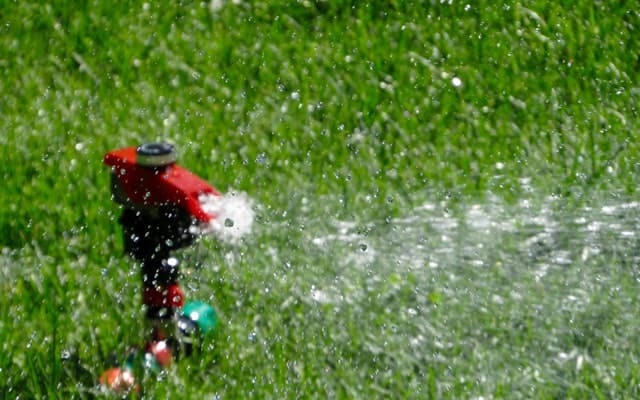
During the drought season, watering deep (up to 6 inches) in dead patches can revive the grass in about a month. Note that if your grass has been dead for over five weeks, watering may not be able to bring it back.
Beware of excessive watering, as it allows certain weeds and lawn diseases to spread more quickly.
Get Rid Of Excess Fertilizer
If your lawn is turning brown or you can see yellow grass blades due to over-fertilization, you can rectify this by flushing out nitrogen salts.
Water the areas where you can see the accumulation of nitrogen salts. Daily watering of 1 inch is required to deplete the salt levels to alleviate fertilizer burn. You should also use an adequate amount of fertilizer with the needed nutrients to prevent this problem from occurring again.
According to the Florida Urban Turfgrass Fertilization Rule, you can apply up to 2 pounds per 1,000 square feet of nitrogen in the summer or spring when using controlled-release (at least 65%) nitrogen fertilizer. You should not apply more than 0.7 pounds per 1,000 square feet quick-release nitrogen fertilizer in a single application.
However, fertilizer applications may differ according to soil type and climatic conditions.
Use A Grub Control Pesticide
You can revive your lawn after grub damage with timely intervention.
The best time to apply pesticide for grub control is early spring extending to late summer.
We recommend The Andersons Premium Organic Grub Control. Organic pesticides are a safe choice, especially if you have pets and children. It also works well in eliminating Chinch bugs.
Treat Lawn Disease
Lawn diseases like Large Patch and Gray Leaf Spot can leave splotchy brown spots in your lawn that can be extremely hard to revive. However, timely treatment with fungicides can help get rid of these diseases and can allow you to enjoy a green lawn in no time.
Here is a quick video on how to treat and prevent Large Patch disease in St. Augustine grass.
Dethatch And Aerate Your Lawn
If there is thatch accumulation in your lawn, it can cause the grass to suffocate and slowly die. Thatch usually develops due to overwatering or excessive fertilizers. Thatch reduces water absorption in the soil. It causes shallow rooting and sometimes results in aboveground rooting from the thatch layer.
In such cases, thatch removal is necessary with the help of vertical mowing. The optimal spacing between the dethatching blades for St. Augustine grass is 3 inches.
However, be careful not to attempt vertical mowing on your lawn until the active growing season. Wait for spring frost to pass and then combine dethatching and core aeration, allowing for better nutrient absorption and optimal grass growth.
Replant Your Lawn In Case Of Extensive Damage
In case of excessive damage to St. Augustine grass, it may not be possible to revive it. St. Augustine grass starts dying with small bare patches. Typically, if your grass has been dead for five weeks or more, you should think of re-establishing your lawn altogether.
When springtime arrives, you can re-sod your lawn. In different regions, the best time to establish a new lawn can differ; just remember to avoid extremities like cold winters and very hot summers.
Establish St. Augustine lawns using sod, plugs or sprigs rather than seeds.
For the first 1 to 2 months, do not use fertilizers on the newly established lawn. You can rest easy about nutrient supplementation since sod, when harvested, is already fertilized. Therefore, it does well without any additional fertilizer in the beginning. Remember to mow the lawn only after the roots have had a chance to peg the soil, which takes about 2 to 3 weeks.
Conclusion
You can definitely bring St. Augustine grass back to life with timely intervention.
If the grass has been dead for 1 to 3 weeks, you can revive it with:
- Adequate watering (1 – 1½ inches per week)
- Controlling traffic
- Improving soil quality
- Getting rid of pests
If your grass has been dead for a longer period of time, a more viable option is to re-sod your lawn.
